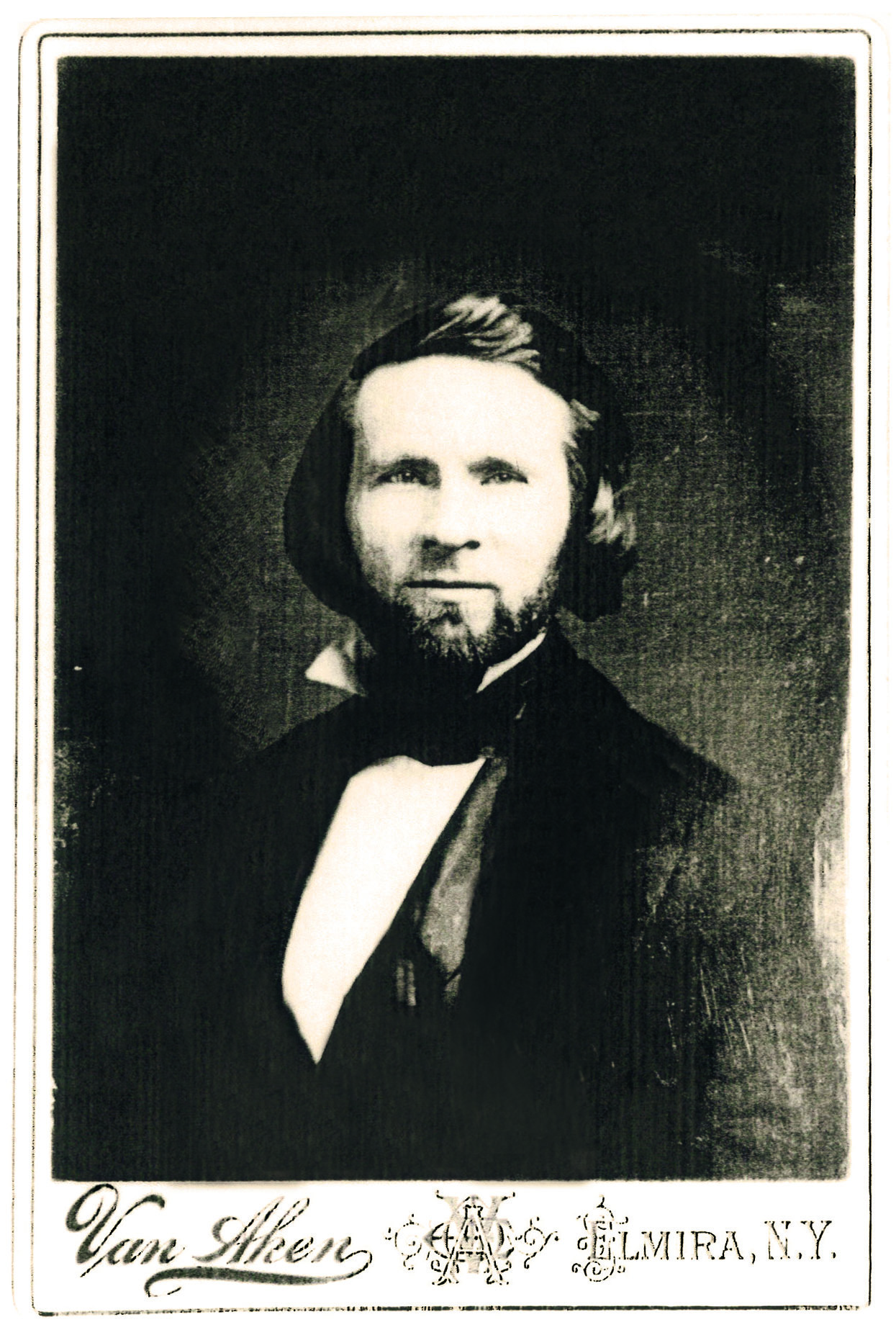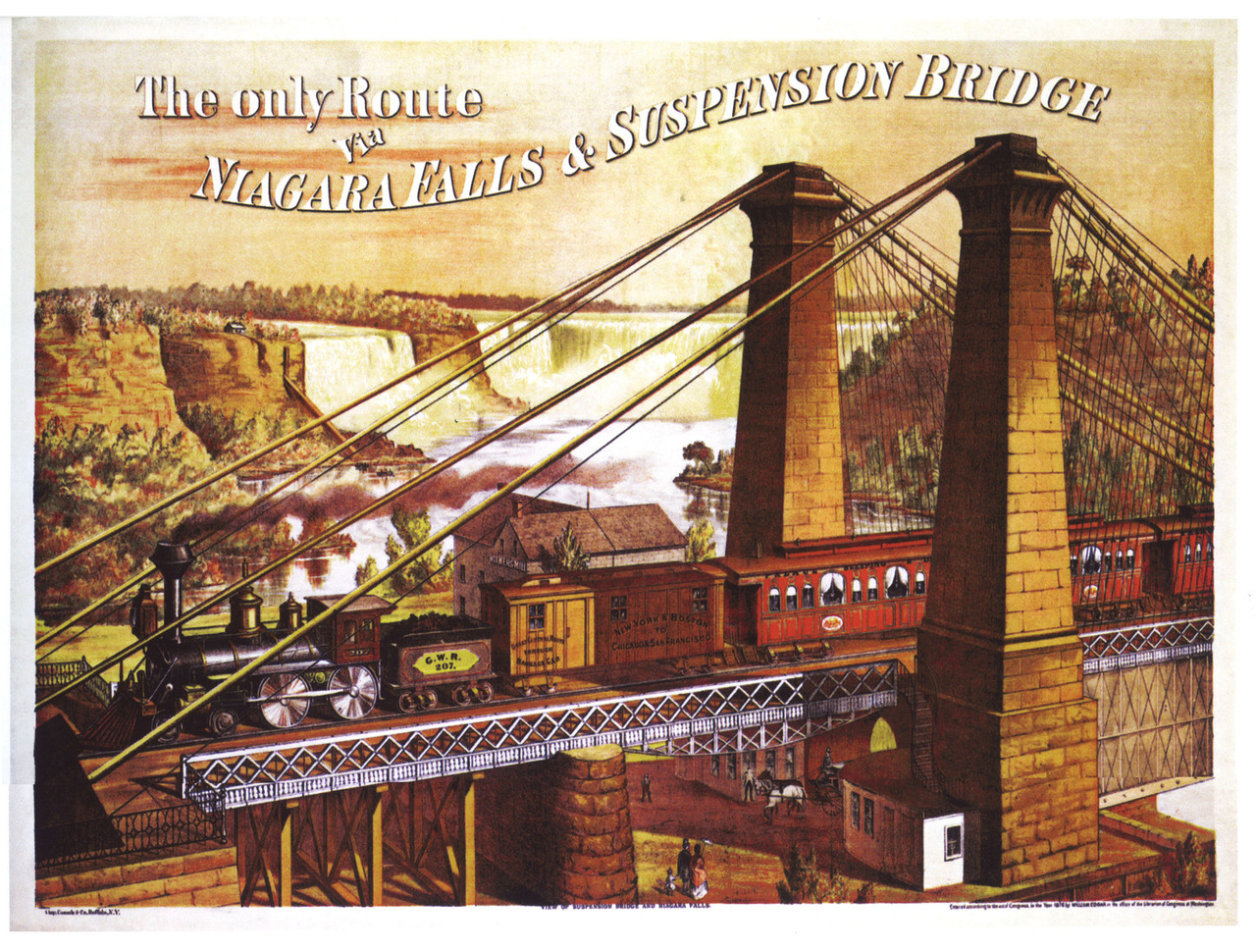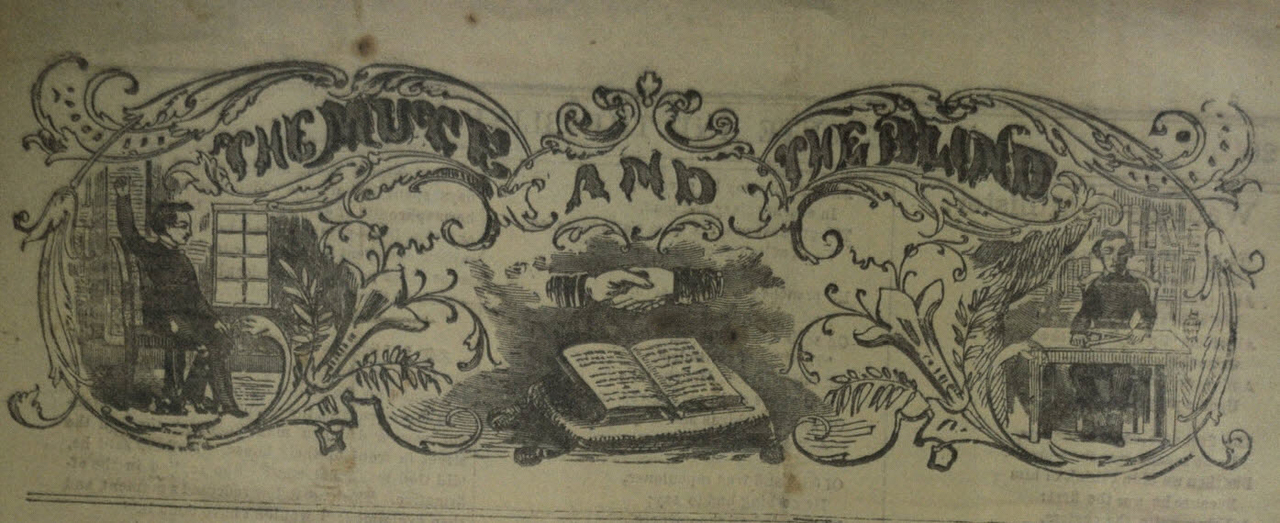
Dr. Platt H. Skinner - Early Educator, Advocate, and Abolitionist
Posted February 2, 2012 at 7:00 pm
By Reid Dunlavey, Contributor
Conducting research on forgotten events and people that have impacted disability history can be difficult and at the same time very rewarding. This is the case in regards to a little known educator named Platt H. Skinner. In 1858 Skinner opened his “School for the Instruction of the Colored Deaf, Dumb and Blind” in what is today Niagara Falls, New York near the Suspension Bridge that crossed the border to Canada. How Skinner arrived in Western New York is an interesting story in itself, being chased from his first school in Washington, D.C. as it went up in flames. Some believe his abolitionist views led to his forced migration to the north and to his decision to establish his new school close to a known escape route to freedom for runaway slaves.

Platt H. Skinner’s arrival in Niagara Falls is a benefit for conducting research on the person, his school and activities in the region. While he was here he and his students published a newspaper called The Mute and Blind. The papers have articles on various topic including religion, health and a focus on the abolitionists of his time. Skinner also gives a detailed account of his time in the District of Columbia and his travels north to New York. They are a wealth of information, but using the newspapers can be risky considering the bias of the author. One of the best resources, and the most gratifying, I found while conducting research on Skinner was an 1858 published “Semi-Annual Report.” It was tucked away at the Buffalo and Erie County Historical Society Research Library and was even a surprise to the librarians that it was in their holdings. The report offers details of the founding, financing, and the future of the school. Skinner makes his guidelines for admission clear on the first page; the children must be black and have “deaf ears and a mute tongue, or blind eyes.” This was the case for the nine children at the school by 1858.

In many ways the report is a fundraising tool for Skinner's school but it is also a ledger for donations to the school in the form of cash and provisions. This ledger will be the next resource for further research on Skinner. He was known for traveling, with students in tow, to raise funds by giving lectures and demonstrating the skills he had taught the children. The ledger lists these demonstrations and lectures, as well as donations, which were given throughout southern Canada from Windsor, Ontario to just outside on Montreal, Quebec. The next step in the research will be to mine the locations visited by Skinner in Canada to try to determine if he recruited any students from these visits and to discover any new information on the educator.
- Category
- Museum of disABILITY History Blog
- Tags
- Disability History | New York State | Niagara County | Publications | Research | Special Education
Comments
Peggy Blood
Posted January 13, 2016 at 12:00 am

I am just tracking down my ancestry, and have learned that my great grandfather, George Henry Blood, was one of the first 5 pupils Skinner brought with him from New York to start the Columbia Institute. I am quite surprised to read your article that the students were black. On each census I found him beginning in 1860, he was white, until he died at 68. My entire family is "white", so this is quite amazing to read but doesn't agree with the censuses. Please let me know what you are able to find out about William Henry Blood. I just learned he attended the Columbia Institute for 8 years, since he was 6, then I see on the 1870 census he attended the New York Institute. Are you able to access any of the Institutes records, pictures, etc.?